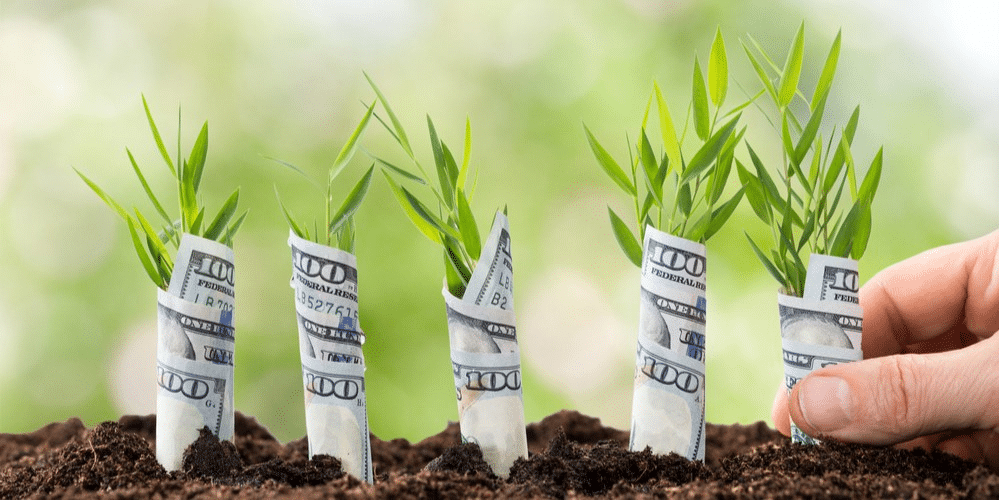By: Jason Gerber
A quiet crisis is unfolding beneath the surface in the frigid expanses of the Arctic. Permafrost, the frozen layer of soil and organic matter that has remained solid for thousands of years is beginning to thaw. This slow-motion thaw is more than just a curious phenomenon; it’s a looming threat with potentially catastrophic implications for our global climate system.
What is Permafrost?
Permafrost is any ground that remains completely frozen—32°F (0°C) or colder—for at least two years straight. It is primarily found in the world’s polar regions, including vast swathes of Northern Russia, Canada, and Alaska. Permafrost covers about 15% of the Northern Hemisphere, making it one of the Earth’s largest carbon sinks. Within this frozen vault lies a ticking time bomb—vast amounts of organic carbon that, when thawed, begin to decompose.
Why is Permafrost Melting?
The primary culprit behind the thawing of permafrost is the rising global temperatures driven by climate change. As the Earth’s atmosphere warms, it triggers a cascade of changes in the Arctic, including higher air and ground temperatures. This not only thaws the surface layer of permafrost but also threatens to destabilize deeper layers, potentially releasing gases that have been trapped in the ice for millennia.
The Carbon Time Bomb
The danger of thawing permafrost lies in what it contains: an estimated 1,400 to 1,600 gigatons of organic carbon. To put that in perspective, this is almost twice the amount of carbon currently in the atmosphere. As permafrost thaws, microorganisms begin to break down the previously frozen organic materials, releasing carbon dioxide and methane—a greenhouse gas more potent than carbon dioxide in terms of trapping heat in the atmosphere over 100 years.
The Methane Menace
One of the most alarming aspects of permafrost thawing is the release of methane. Lakes forming on the surface of thawing permafrost can emit large quantities of methane directly into the atmosphere. These emissions are particularly concerning because methane has a much higher short-term global warming potential than carbon dioxide.
Impact on Global Climate
The release of greenhouse gasses from thawing permafrost has the potential to create a feedback loop in the climate system. More emissions lead to higher temperatures, which in turn cause more permafrost to thaw, releasing even more greenhouse gasses.
This feedback loop could contribute significantly to global warming, exacerbating climate change and leading to more extreme weather events, sea level rise, and disruptions to ecosystems and human societies.
Adapting to Change
In addition to mitigation, adaptation strategies are essential. For communities in permafrost regions, this means adjusting infrastructure and building practices to accommodate changing ground conditions. It also involves enhancing scientific monitoring of permafrost to better predict and respond to changes.
Conclusion
As the permafrost thaws, releasing carbon dioxide and methane that it has stored for millennia, the need for comprehensive understanding and action becomes more urgent. Dr. Marcus Gillespie’s forthcoming book, “Unraveling the Tapestry of Life and Civilization: The Causes and Consequences of Climate Change,” looks deep into these issues. Offering a thorough exploration of climate ’change’s causes and far-reaching impacts, Dr. Gillespie’s book is an essential guide for anyone looking to understand and engage with one of the most pressing environmental challenges of our time.
With permafrost melting rapidly, the time to act is now. By educating ourselves and advocating for effective climate policies, we can help defuse this ticking time bomb. Together, we can make a difference in safeguarding our planet for future generations.
Published by: Khy Talara







